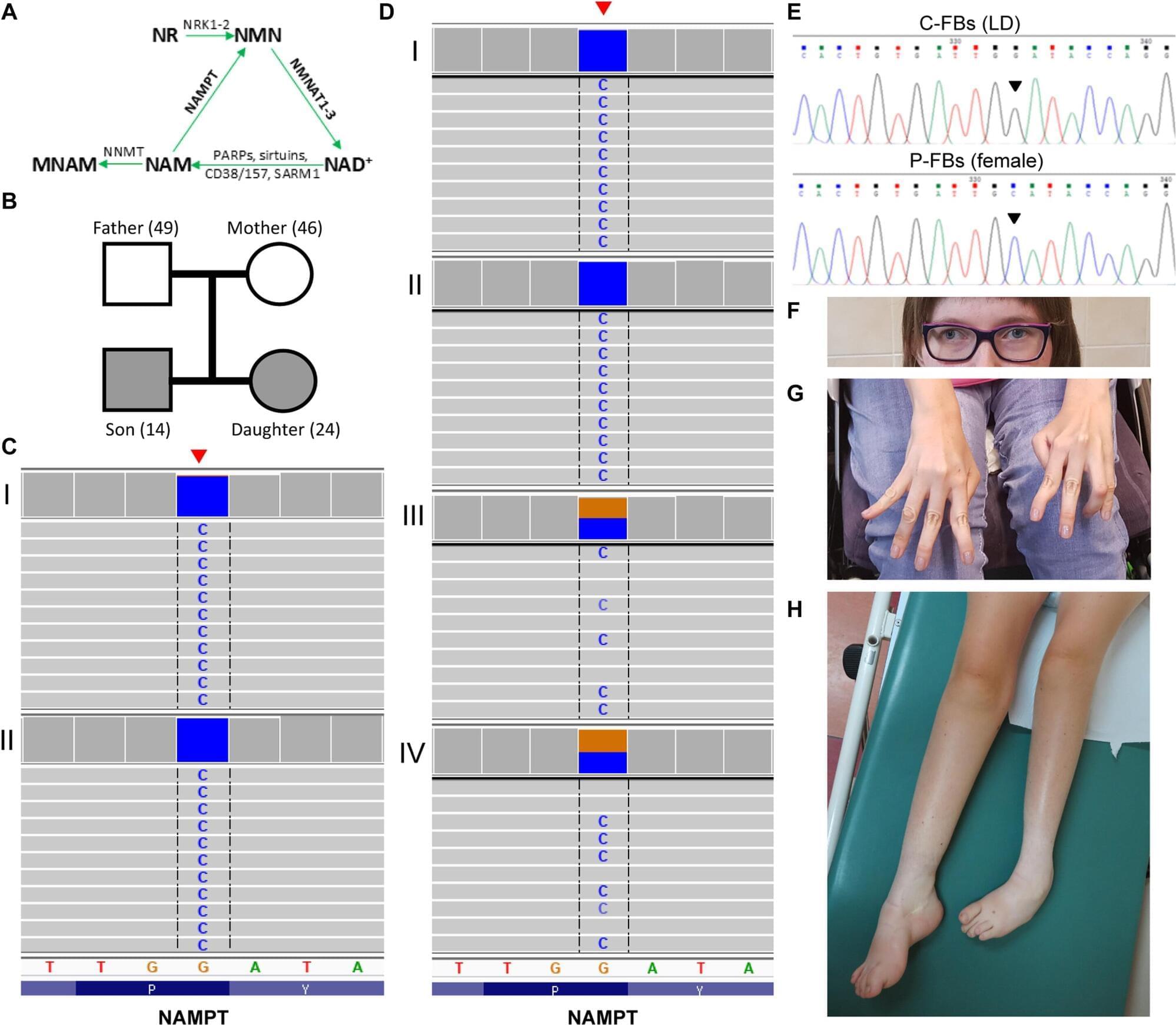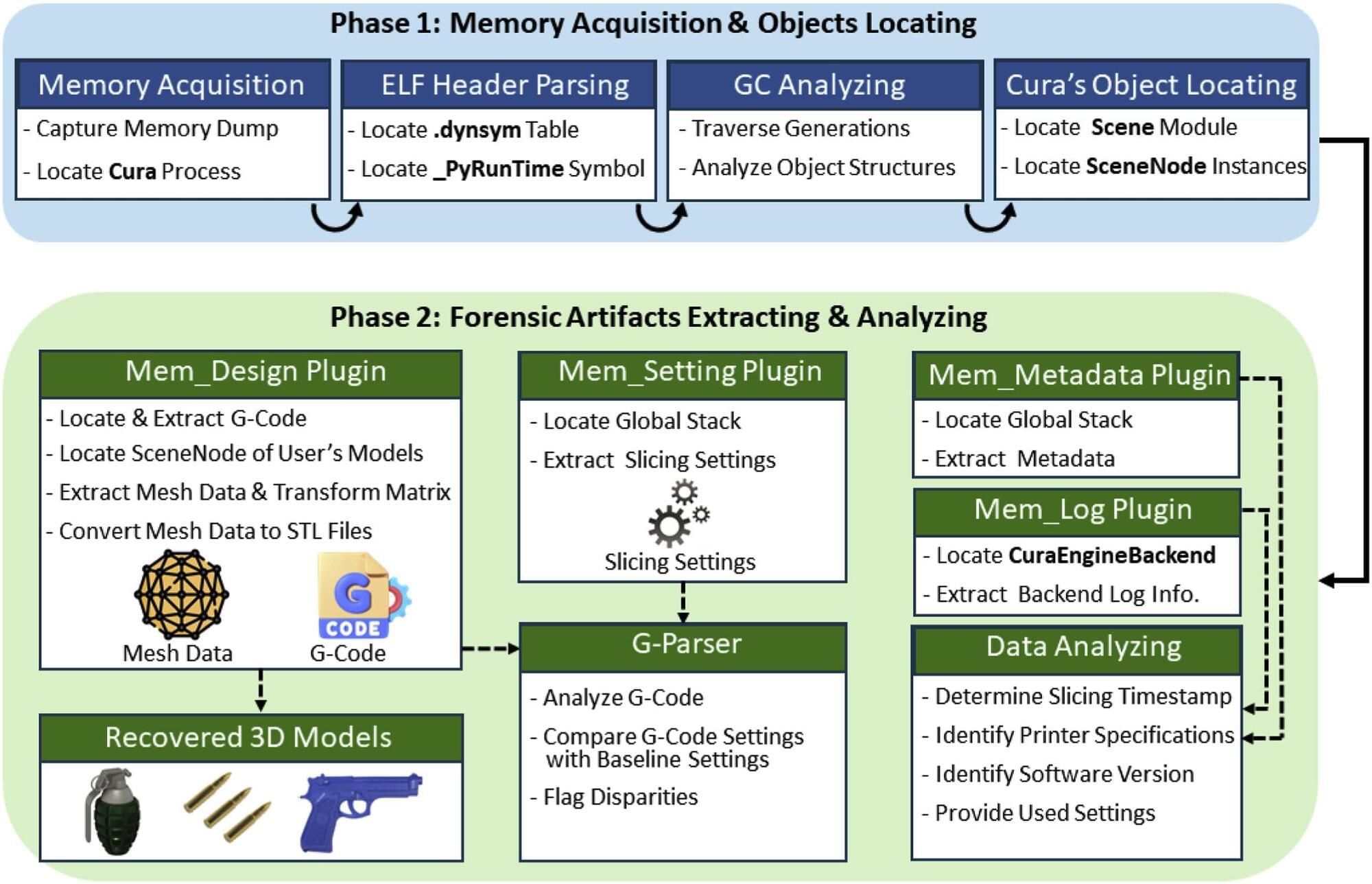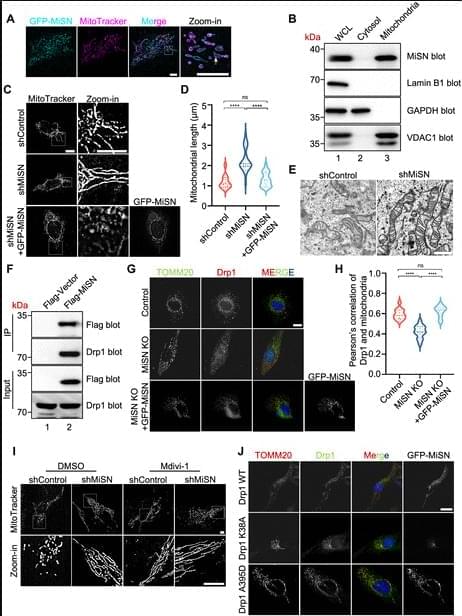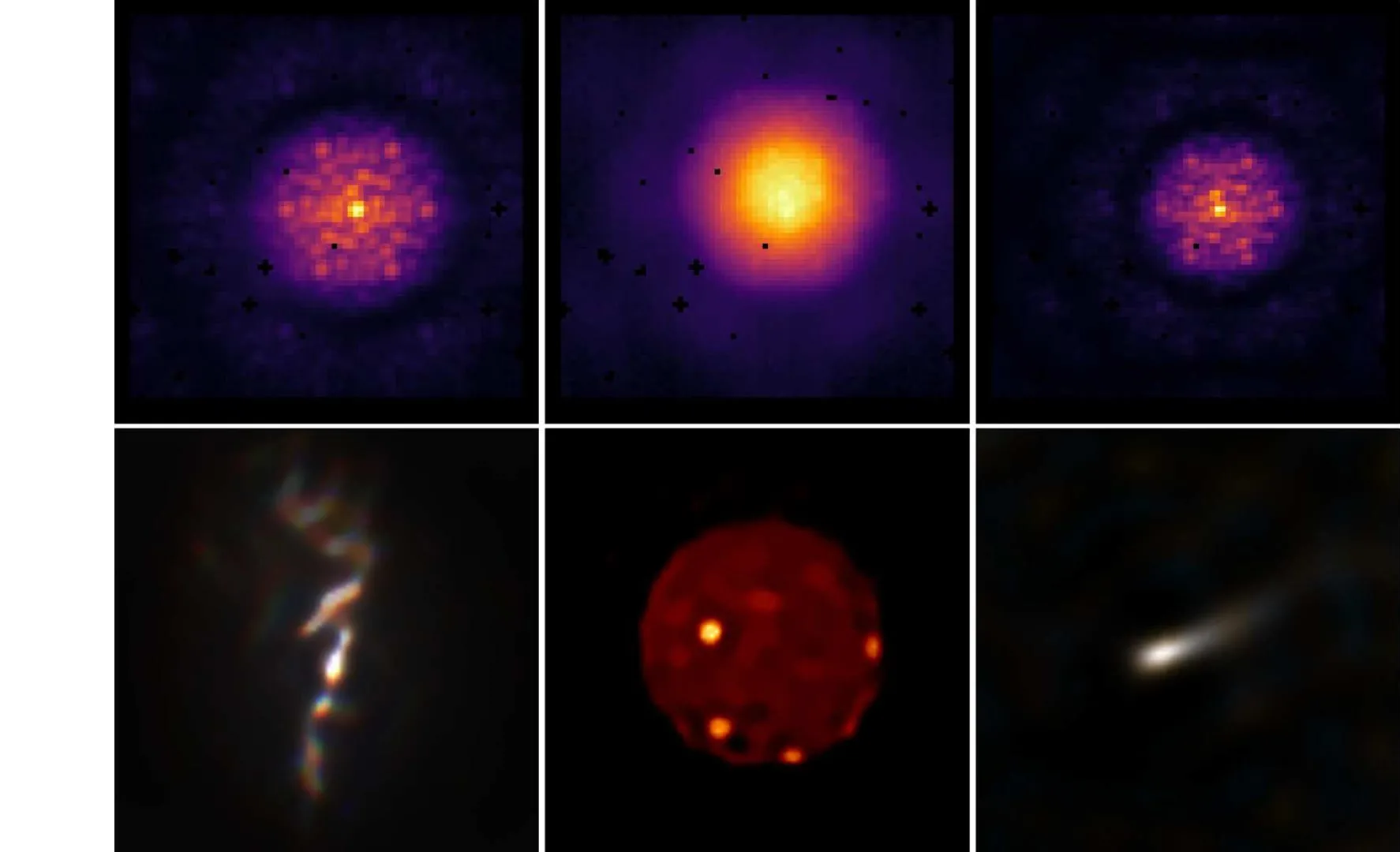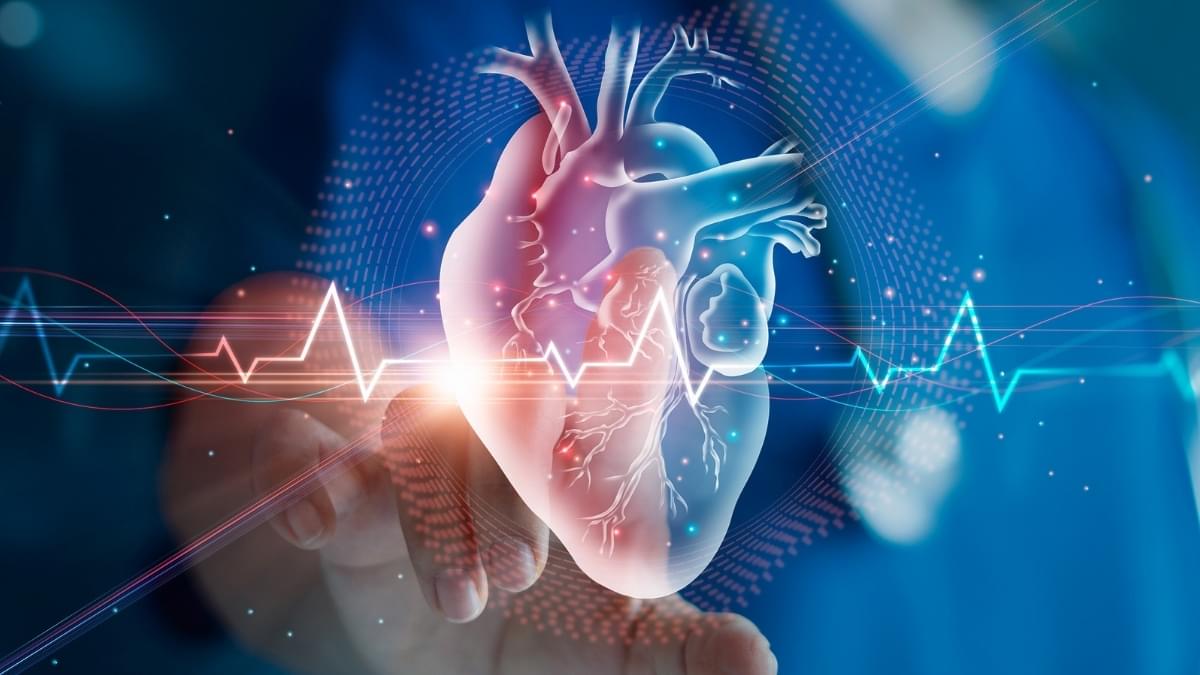An international research team, led by Shinghua Ding at the University of Missouri, has identified a previously unknown genetic disease that affects movement and muscle control.
The disease—called Mutation in NAMPT Axonopathy (MINA) syndrome—causes damage to motor neurons, the nerve cells that send signals from the brain and spinal cord to muscles. It’s the result of a rare genetic mutation in a critical protein known as NAMPT, which helps the body’s cells make and use energy. When this protein doesn’t work as it should, cells can’t produce enough energy to stay healthy.
Over time, this lack of energy causes the cells to weaken and die, and leads to symptoms such as muscle weakness, loss of coordination and foot deformities—which can worsen over time. In severe cases, patients may eventually need a wheelchair.
